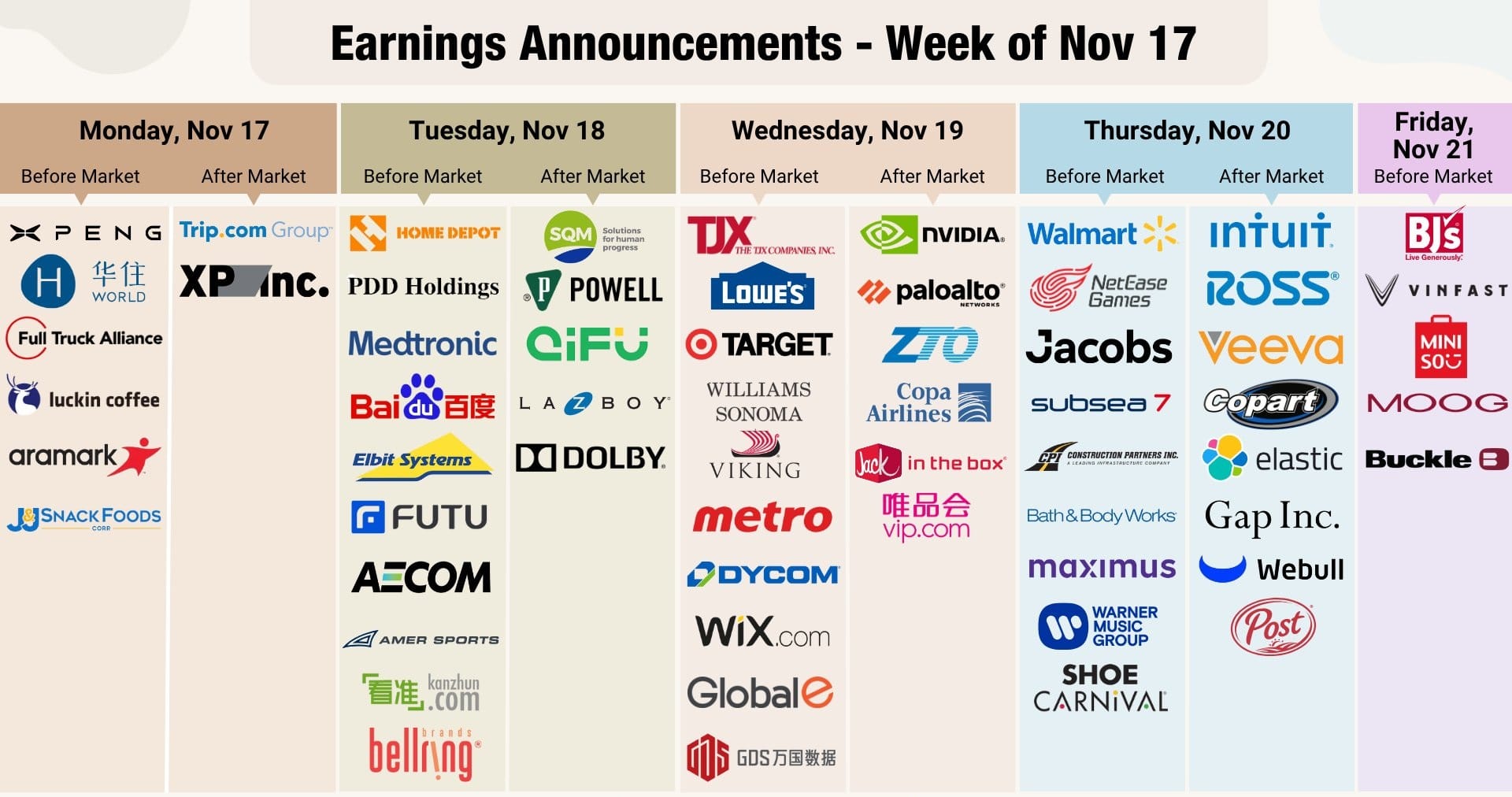Global Financial Shifts are currently redefining the investment landscape, creating a complex tapestry of opportunity and risk for institutional and retail investors alike. As we stand at a pivotal juncture in the fiscal year, the interplay between monetary policy, technological disruption, and geopolitical maneuvering is more pronounced than ever. This analysis dissects the prevailing market signals, moving beyond the noise of daily headlines to understand the structural undercurrents defining the wealth of nations.

From the marble corridors of the Federal Reserve to the high-tech foundries of Asia and the resource-rich expanses of North America, we are witnessing a realignment of economic priorities. This pillar content aims to serve as your definitive guide to navigating these changes, focusing on market dynamics, evolving corporate strategy, and the ultimate test of economic resilience.
Part I: The Macroeconomic Pivot and Federal Reserve Policy
The primary driver of the current Global Financial Shifts remains the anticipated pivot in Federal Reserve Policy. After a historic period of aggressive monetary tightening aimed at curbing inflation, the financial markets are now aggressively pricing in a transition toward accommodation.
The Interest Rate Equilibrium
Wall Street has responded favorably to the changing winds. Recent trading sessions have seen major indices close higher, a direct reaction to falling Treasury yields. This inverse relationship—where declining yields boost the attractiveness of equities—is currently the bedrock of market sentiment. The catalyst for this shift lies in the nuanced rhetoric emerging from central bank policymakers.
Comments from influential figures, such as New York Fed President John Williams, have fundamentally altered the probability matrix for rate cuts. Williams has suggested that the central bank can cut rates “in the near term” without jeopardizing its inflation goals. Consequently, traders are now pricing in a probability exceeding 70% that the Fed will cut its main lending rate by 25 basis points in the upcoming December meeting—a stark rise from previous probability estimates of just 37%.
This repricing is not merely a technical adjustment; it is a vote of confidence in the “soft landing” narrative. However, economic resilience is still being tested. While the bond market signals optimism, the yield curve remains a critical area of observation. The benchmark 10-year notes have seen price increases, pushing yields down to around 4.06%, yet the broader economic data requires careful threading of the needle to avoid a recessionary slip.
Currency Wars: The Dollar and The Yen
In the realm of foreign exchange, market dynamics are displaying divergence. The U.S. dollar has shown remarkable fortitude, rising against a basket of currencies even amidst falling yields. This strength is a testament to the comparative robustness of the U.S. economy.
Conversely, the Japanese Yen is trapped in a cycle of volatility. Despite verbal interventions by Japanese finance officials to stem the currency’s decline, the Yen faces renewed pressure. This divergence highlights a key aspect of current Global Financial Shifts: the friction between the Federal Reserve’s potential pivot and the Bank of Japan’s struggle to manage its currency floor creates significant ripples in global forex markets.
Meanwhile, Gold—historically the ultimate hedge against instability—has edged lower. This pullback is technically driven by the stronger dollar, which makes bullion more expensive for foreign holders. However, the long-term thesis for gold remains intact, anchored by central bank accumulation and lingering geopolitical anxieties.
Part II: The Artificial Intelligence Debt Cycle
A profound structural shift is occurring in how technology giants are capitalizing on the future. We are witnessing the “financialization” of the Artificial Intelligence arms race, a key component of modern corporate strategy. Investors are observing a rapid rise in public debt used to bankroll AI investments, which could eventually strain the corporate bond market.
The Rise of the Hyperscalers
Major technology firms, often termed “hyperscalers,” are flooding the U.S. corporate bond market to fund the massive infrastructure required for generative AI. In a race to build AI-ready data centers, companies like Alphabet (Google), Meta Platforms, and Amazon have issued nearly $90 billion in public bonds recently.
- Meta Platforms led this charge with a staggering $30 billion issuance.
- Alphabet followed closely with $25 billion.
- Oracle and Amazon added $18 billion and $15 billion respectively.
This aggressive leverage signals a departure from the cash-rich, debt-averse strategies that characterized Silicon Valley for the past decade. While leverage ratios remain manageable, the sheer volume of issuance raises valid questions about the long-term return on invested capital (ROIC) for AI. Are we witnessing a speculative bubble, or is this the necessary capital expenditure for a new industrial revolution? This is a critical question when analyzing Global Financial Shifts in the tech sector.
Geopolitics of the Semiconductor Supply Chain
The intersection of national security and commerce is most visible in the semiconductor sector. The U.S. administration is navigating a complex bilateral détente regarding the export of advanced microchips.
Nvidia, the bellwether of the AI chip market, sits at the center of this storm. Reports indicate that the U.S. Commerce Department is considering greenlighting the sale of Nvidia’s H200 artificial intelligence chips to China. This potential policy shift signals a pragmatic approach: maintaining technological supremacy while acknowledging the commercial realities of the Chinese market.
Simultaneously, corporate strategy is adapting to supply chain risks. Foxconn has announced the construction of a massive supercomputing center in Taiwan, powered by Nvidia, slated for completion in 2026. This highlights the continued reliance on Taiwan as the foundry of the world’s digital infrastructure, a point of strategic vulnerability and immense economic value.
Part III: The Healthcare Renaissance and Corporate Valuation
In the pharmaceutical sector, market dynamics have crowned a new king. Eli Lilly has become the first drugmaker to surpass a $1 trillion market valuation. This milestone is not driven by traditional therapeutics, but by the explosive global demand for weight-loss drugs.
The Trillion-Dollar Weight Loss Economy
The GLP-1 agonist class of drugs has revolutionized the healthcare landscape. Eli Lilly’s meteoric rise underscores the immense addressable market for obesity treatment. The company’s stock has rallied significantly, driven by the success of Mounjaro and Zepbound.
This success highlights a bifurcation in healthcare. Companies with successful obesity pipelines are achieving tech-like valuations, while traditional players lag. Lilly’s corporate strategy now includes rolling out an employer-focused obesity care model, aiming to expand access through B2B partnerships. This could cement their dominance by integrating their products into corporate wellness programs, creating a recurring revenue moat that competitors will find difficult to breach.
Niche Innovation: Animal Health
While human health dominates headlines, significant innovation is occurring in animal health. Elanco has received emergency FDA authorization for a new treatment against the New World screwworm in cats. While niche, this approval represents the agility of the biotech sector to respond to biological threats, showcasing the regulatory flexibility available when immediate solutions are required.
Part IV: The Consumer, Retail, and Supply Chain Landscape
As the global economy navigates the remnants of inflation, the behavior of the American consumer remains the ultimate test of economic resilience. Upcoming earnings reports from major retailers will serve as a litmus test for the holiday season.
The Frugal Consumer vs. Holiday Demand
Investors are watching two distinct narratives play out in the retail sector:
- The Value Shopper: Department store chains like Kohl’s are expected to post revenue declines, representing the “middle America” shopper squeezed by inflationary pressures. Investors will scrutinize these reports for comments on tariff impacts and shifting consumer sentiment.
- The Tech Consumer: Conversely, electronics retailers like Best Buy are hoping for a holiday-driven boost. The demand for appliances and gadgets often serves as a leading indicator of consumer confidence. Growth here would suggest that while consumers are cautious, they are still willing to spend on durable goods.
The Automotive Supply Chain Crisis
The fragility of global supply chains has resurfaced in the automotive sector, impacting corporate strategy. Ford Motor Company has faced significant headwinds due to a fire at a supplier’s plant (Novelis). This disruption to the aluminum supply—critical for modern lightweight truck bodies—forced Ford to cut its profit forecast, citing a gross hit of up to $2 billion.
This incident serves as a stark reminder of “just-in-time” manufacturing vulnerabilities. A single point of failure can cascade into billions of dollars in lost revenue, reinforcing the narrative of “reshoring” and supply chain redundancy that is central to modern Global Financial Shifts.
Part V: Global Investment Flows and Commodities
Canada’s Strategic Influx of Capital
North of the border, Canada is experiencing a significant influx of foreign direct investment, altering its local market dynamics. The United Arab Emirates (UAE) has committed to investing up to $50 billion in Canada, targeting sectors such as Artificial Intelligence and energy.
This is a strategic diversification for the UAE, moving capital from oil dependency toward the knowledge economy. For Canada, despite a contracting retail sector, this capital injection is vital for long-term growth. Furthermore, the resource sector remains a hotbed of activity, with potential mergers in the mining space highlighting the global scramble for critical minerals like copper—the conduit of the green energy transition.
Latin America: The Inflation Battle
In Latin America, the economic narrative is dominated by the fight against inflation.
- Mexico: With headline inflation expected to increase, the Bank of Mexico faces pressure to maintain restrictive monetary policy.
- Brazil & Argentina: These nations are releasing critical economic data, from GDP figures to consumer price indices. The volatility in these markets serves as a reminder of the uneven nature of the global economic recovery.
Oil Markets and Geopolitical Risk
Oil prices have been trading in negative territory, weighed down by demand concerns in China. However, the floor for oil prices is being supported by the escalation of the Russia-Ukraine conflict. As geopolitical tensions rise, the “risk premium” in energy markets remains elevated. Investors must balance the bearish signal of slowing manufacturing demand against the bullish signal of potential supply disruptions.
Part VI: Wealth Management and Forward-Looking Analysis
The Manufacturing Slowdown
A critical economic indicator has flashed red: U.S. manufacturing activity has slowed to a four-month low. The S&P Global flash U.S. manufacturing PMI slipped to 51.9. While a reading above 50 indicates expansion, the trajectory is downward. This slowdown is attributed to tariffs and restrained demand, suggesting that inventory cycles are out of sync with consumption. For wealth managers, this signals a potential rotation away from industrial cyclicals and toward services, which have shown greater economic resilience.
The Evolution of Governance
In the world of high finance, Glass Lewis, a top proxy advisory firm, is mulling registration as a U.S. investment adviser. This move is a defensive strategy against criticism regarding the influence of proxy advisors on shareholder voting. This potential regulatory shift could alter how ESG proposals are voted on, representing the politicization of capital markets where investment decisions are increasingly scrutinized through an ideological lens.
Conclusion: Navigating the Future
As we analyze these Global Financial Shifts, the path forward is characterized by a tension between optimism and reality. The optimism is fueled by the belief that Federal Reserve Policy has successfully engineered a slowdown in inflation without crashing the economy. The reality, however, is found in the nuances: the slowing manufacturing sector, the rising public debt of tech giants, and the fragility of global supply chains.
For the astute investor, this is not a time for passive allocation. It is a time to understand the bifurcation of the market—where AI and weight-loss drugs drive valuations to the stratosphere, while traditional industries grapple with input costs and tariff uncertainties. Understanding these market dynamics and the evolving corporate strategy of major players is the only way to ensure portfolio growth and economic resilience in the decade of transformation that lies ahead.













